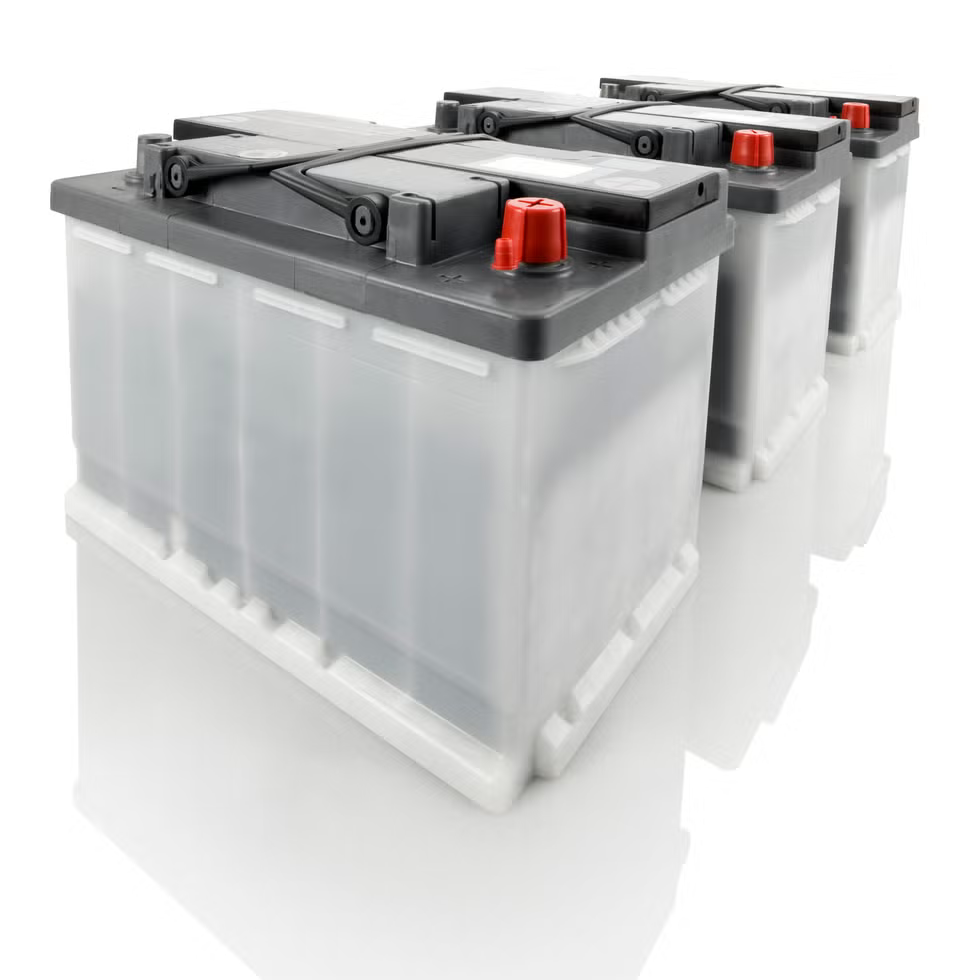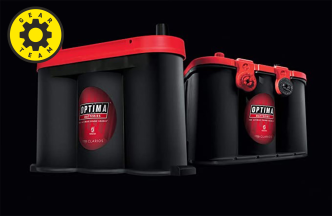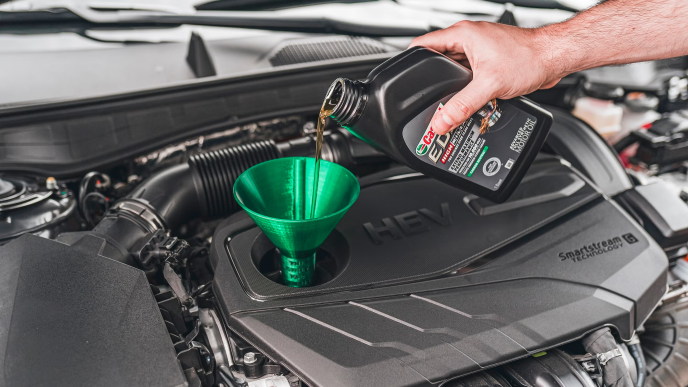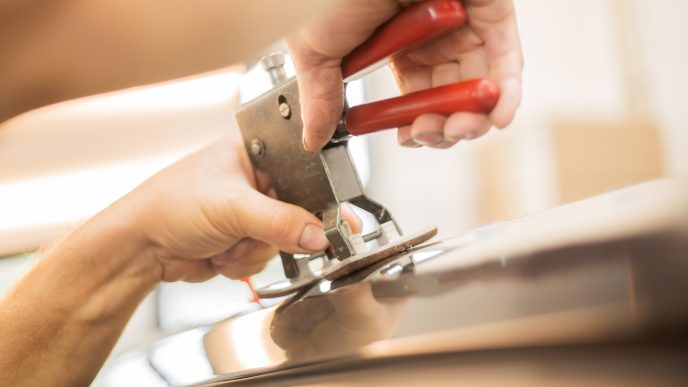We’ve all faced that dreaded moment: you’re already running late, hop into your car, turn the key—or hit the start button—and… silence. Maybe a feeble click or two, but the engine won’t budge. Now you’re stuck needing a jump-start or, worse, a tow truck. And once you get moving again, a new battery is probably in order. But which one? There are endless options—brands, prices, and places to buy. So how do you choose wisely?
The best battery is the one designed specifically for your vehicle. You don’t need to be a mechanic to make the right call—just consult your owner’s manual for the original battery’s size, specifications, and ratings. You can also check the fitment charts at auto-parts stores or online before buying.
Swapping a battery yourself is absolutely doable—it’s more about patience than skill. Many shops will install it for free if you buy from them, but doing it yourself saves both time and a few extra dollars.
If you’re ordering online, always verify the correct specs in your owner’s manual before hitting “purchase.” Modern vehicles are picky about their electrical systems; using the wrong type can leave you stranded on the roadside.
[A little caution: our experience with Amazon’s “Confirmed Fit” tool has been hit or miss—half the windshield wipers we ordered didn’t fit our listed cars. Lesson learned: always trust your owner’s manual over online fit guides, and follow its exact size and model recommendations when shopping for car parts.]
Most batteries are easy to reach under the hood and can be swapped out with a couple of wrenches. But some cars hide them in the trunk or beneath seats, making the process more of a treasure hunt. Whatever the case, remember this golden rule: disconnect the negative terminal first and reconnect it last.
Check the Size before You Buy
Whether you’re replacing it yourself or having a shop do the job, start by confirming the right physical size. Cars use a range of standard sizes, and a mismatch can mean wasted time and money.
For example, group size 24/24F (top terminal) batteries suit many Honda, Acura, Toyota, Lexus, Nissan, and Infiniti models. Group size 35 fits several newer Japanese cars, including Toyotas, Nissans, Hondas, and Subarus.
Meanwhile, group size 48H6 (top terminal) works for a variety of European and American vehicles. Once again, your owner’s manual—or the sizing guides in stores or online—will tell you exactly what to get.

Know What Type of Battery You Need
Most modern vehicles rely on a 12-volt sealed lead-acid (SLA) battery, though some high-performance models now use lithium-ion. SLAs share the same basic chemistry as older batteries that required water top-offs—but today they’re sealed and completely maintenance-free.
Absorbent glass mat (AGM) batteries have become increasingly common thanks to their durability and ability to endure more charge cycles than standard SLAs.
Gel-cell batteries are ideal for deep discharges but can struggle in extreme heat or cold. And while old-school “wet cell” batteries are still around, they’re mainly for vintage vehicles or drivers on a tight budget—and usually don’t meet modern performance standards.
Engine-Starting Power
Next up: the battery’s cranking power. This is measured in cranking amps (CA) and cold cranking amps (CCA)—the amount of current a battery can deliver for 30 seconds at 32°F and 0°F. The higher the number, the better your car will start in freezing weather when batteries are weakest.
Three More Things You Need to Know
- Reserve capacity: This tells you how long the battery can power lights and accessories if the engine’s off or the charging system fails. Ninety minutes is decent; two hours is excellent.
- Warranty: Look for at least a three-year full replacement warranty, sometimes followed by a prorated period. Keep in mind that buying parts from third-party sellers like Amazon or Walmart may void manufacturer support.
- Vehicle compatibility: Some brands—BMW, for instance—require new batteries to be digitally “coded” to the car using brand-specific diagnostic software. Any authorized dealer or reputable repair shop can handle this step.
More Battery Costs More Money
Expect to pay between $100 and $400 for a new battery—basic SLA types on the lower end and high-performance AGMs at the top. If you’re having it professionally installed, the shop will dispose of your old one for you.
If you prefer to DIY, return your old battery to the store for recycling and to reclaim your “core charge” deposit. Before handing it over, compare it side by side with the new one to confirm the dimensions match—your last safeguard against buying the wrong fit.
And here’s a simple tip: if you’ll be carrying it home, get a battery with a handle. These things are heavy—anywhere from 25 to 60 pounds—and your back will thank you.













